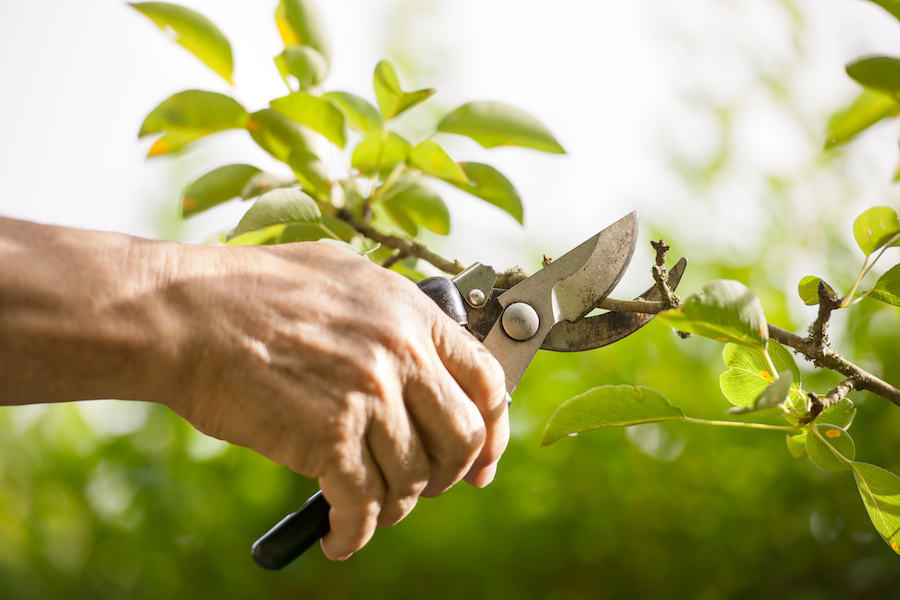Go pro in the garden: When should you call in the experts?
Trees, bushes and other plants grow rapidly in the spring, and it’s not long before your once neat and tidy garden is looking distinctly unkempt. But should you just pick up the pruning shears and hack away at that untidy growth yourself, or is it much wiser to call in an expert?
Trees

As well as making trees look tidier, and allowing more light into the garden, pruning encourages new growth, can increase the amount of fruit, and helps fight disease.
But while pruning trees yourself is, of course, the cheapest option, it may not always be safe – or even possible.
Simon Richmond, senior technical officer at The Arboricultural Association (trees.org.uk), which promotes tree care best practice and runs a register of approved arboriculturalists (tree surgeons), says: “There’s no reason why homeowners shouldn’t prune their own shrubs and small trees if they follow the detailed guidance available.
“There are, of course, safety risks even with small trees – working from stepladders causes many injuries and, combined with sharp tools, the risks increase. We would always recommend professional, approved contractors are used for work at height on larger trees, especially for work requiring chainsaws.”
Prudent pruning

Richmond explains that employing a professional tree surgeon to prune larger trees isn’t only to reduce the potential risk to the homeowner and their property, but to avoid damage from misinformed pruning, which can adversely affect trees for many years, possibly causing premature decline and death.
“Many people believe their trees need to be pruned,” he says, “but in fact, most trees don’t require pruning, and in some cases it’s detrimental or, at best, unsightly.”
He stresses that AA-approved contractors will provide “honest and technically-accurate advice to tree owners, often saving the cost of unnecessary work.”
However, before you or a tree surgeon start work, check whether your trees are in a conservation area or are protected by a Tree Preservation Order, to avoid being prosecuted.
Shrubs and climbers

Most shrubs benefit from regular pruning to tidy them up, remove old wood and encourage flowering.
You can usually prune a non-flowering shrub yourself during the summer, but flowering plants shouldn’t be extensively pruned until their dormant season, and if a shrub or climber flowers after midsummer, it’s best to wait until the following spring to prune.
Emma Allen, a garden manager at the Royal Horticultural Society (RHS) Garden Wisley, says: “It’s difficult to give general pruning advice, as there are so many shrubs and climbers, some follow the same rules and others have very specific requirements.
“A slower growing shrub or climber, such as Edgeworthia, will be easier to maintain and require less pruning than a vigorous one, like wisteria, which needs to be pruned differently twice a year. You can risk damaging new growth or prune the flowering stems, so if you don’t know what you’re pruning and can’t identify the plant yourself, call in an expert.
“If you do know the plant name, you can easily find out how to prune on the RHS website (rhs.org.uk).”
The Press Association
Latest posts by The Press Association (see all)
- The best ways to boost your immune system as cold temperatures hit - January 5, 2025
- The Osmonds star and ‘beloved husband and father’ Wayne Osmond dies aged 73 - January 2, 2025
- What screenings are available on the NHS to detect cancer early? - January 2, 2025
- Help your grandchildren make the most of Big Schools’ Birdwatch - January 1, 2025
- Veteran radio star Johnnie Walker dies aged 79 - December 31, 2024




















